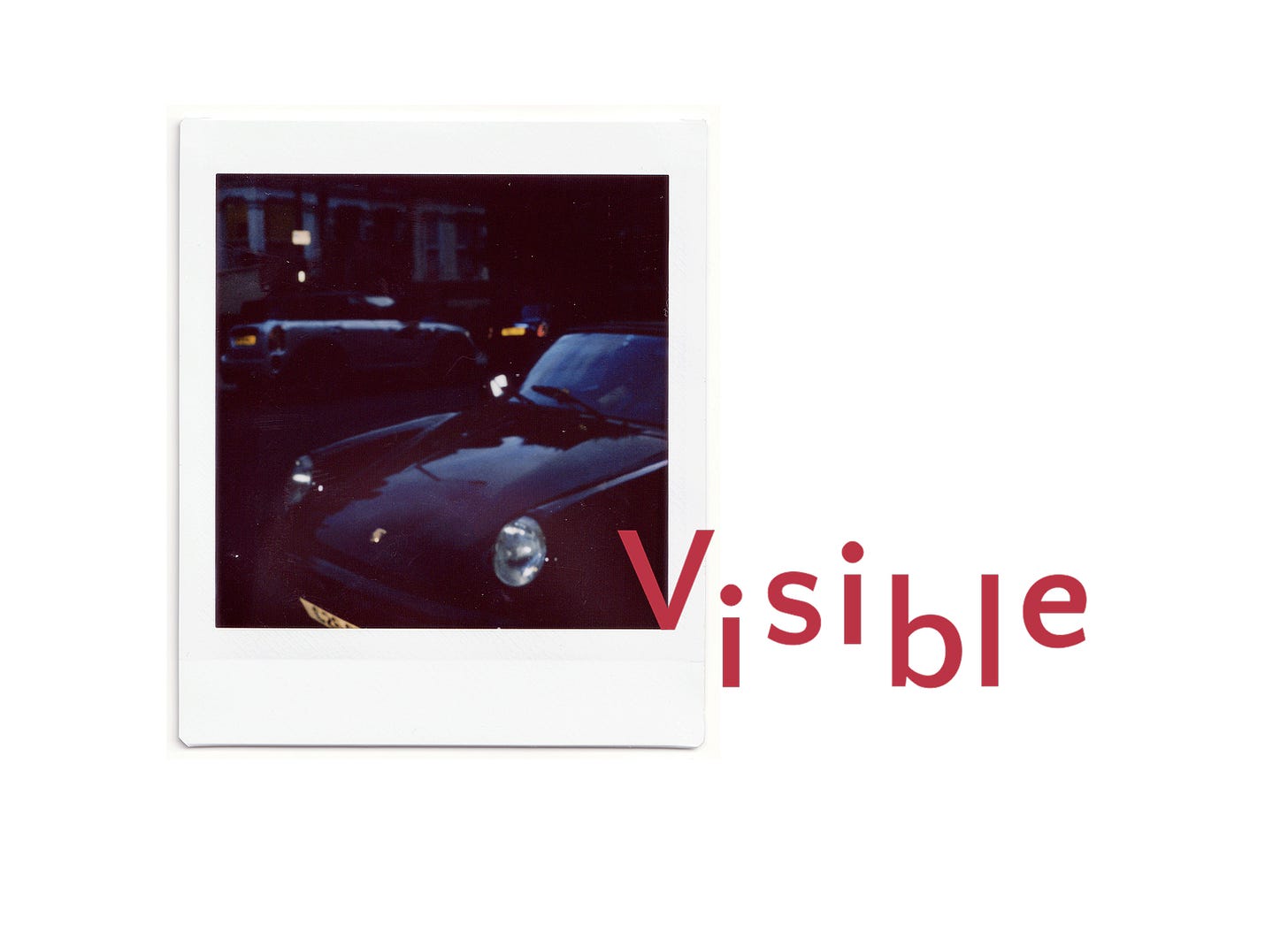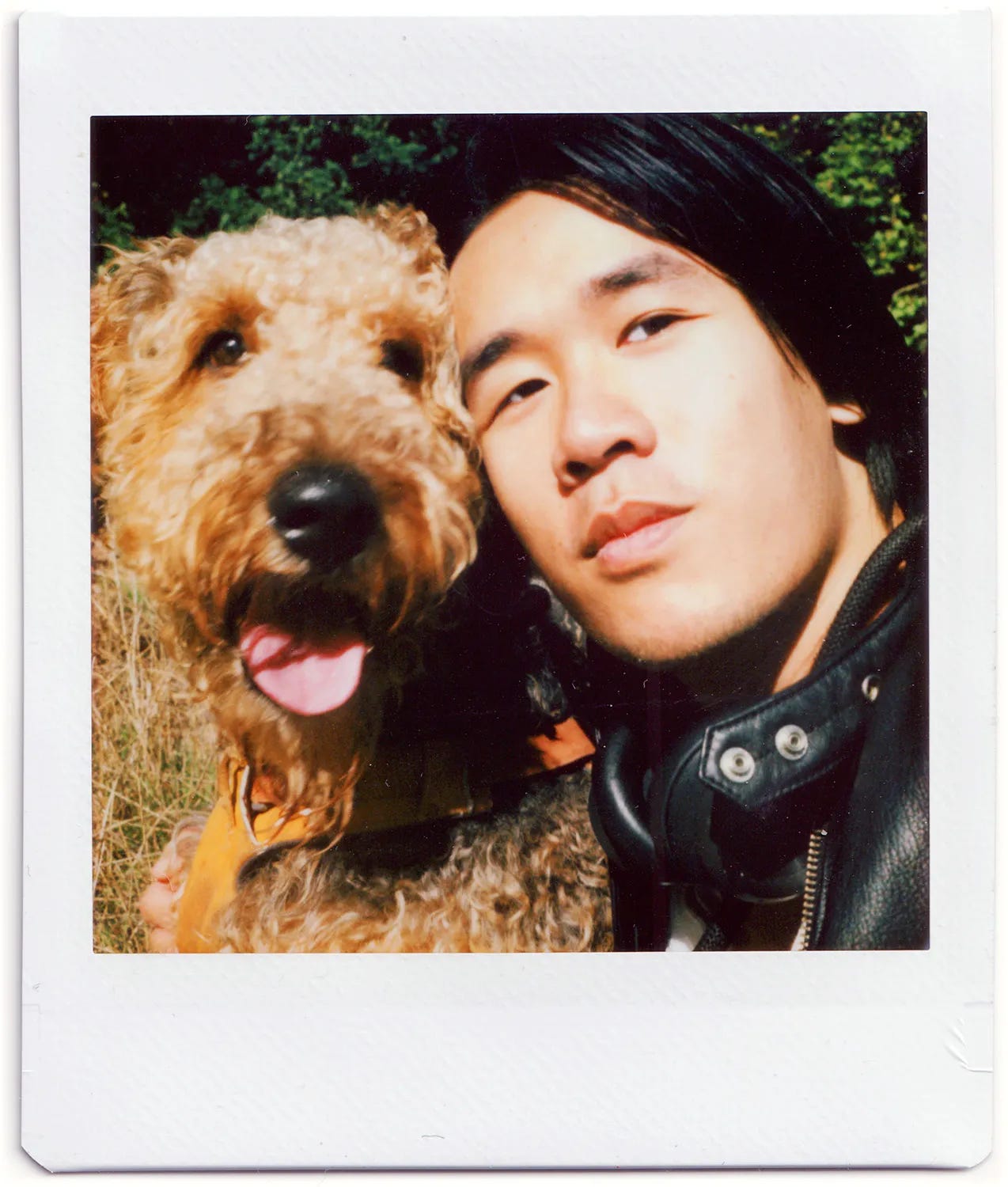In the Age of AI, Maybe Photography is Art After All
Proceedings for the Instant Film as Contemporary Art Monthly Series No. 1: New Beginnings

Photography has been around for two centuries, and for most of that time, we accepted photography as evidence. Berger, in his seminal text Ways of Seeing first published in 1972, went as far as to say that photography offers “a direct testimony about the world […] more precise and richer than literature”. As the old adage goes, seeing is believing. Not surprisingly, a large part of our first event titled “New Beginnings” in the Instant Film as Contemporary Art Monthly Series questioned the role of photography as evidence in the age of AI — is what we see in photographs… real?
Contrary to popular belief, there has been a history of photo tampering, or shall we say “taking creative liberties” since the 19th century. The iconic portrait of U.S. President Abraham Lincoln by the table is ironically composited circa 1865, with Lincoln’s head and the Southern politician Calhoun’s body. A more recent pre-Photoshop example includes Oprah’s head on Ann-Margaret’s body for the cover of the 1989 TV Guide. Photoshop’s public release in 1990 has pushed us to question the use of photographs as evidence, and AI generated images have pushed us further still.
To question the validity of photographs as evidence is deeply unsettling. They look very real and there is important photojournalism work going on around the world. But as we imagine the next step in this media’s evolution when we are surrounded by fake news and AI generated images, it feels inevitable to ask — what if we no longer accept photographs as evidence in our everyday lives? What if we let go of this “burden of representation”, as Tagg charmingly calls it? Could AI be accidental tools of empowerment that disrupt the surveillance state? What does the future of photography look like?
Photography could be art. Baudelaire would be thrilled to hear that photography today does not simply offer a “trivial” mirror of reality. One chooses to undertake the photography process when images can easily be generated with AI. In an earlier article “Why Polaroids?”, I argued that instant film creates meaning for those who are present during the photo-taking process. To question photographs as evidence in the age of AI does not deny them of the abstract truths they hold. We would not go to a museum and ask if the paintings are a 100% literal representation of reality. Nevertheless, we can ask: what is true in these artworks?
Photography has its place in the world of art. It matches the pace of our modern lives and captures the fleeting moments that elude painters. The ubiquity of photography should not discount it as art, the same way a child wielding a paintbrush today does not devalue the paintings sold at auction houses. Benjamin, author of “The Work of Art in the Age of Mechanical Reproduction”, would argue that reproductions detached from the context of the original lack “aura”. I believe he would find an abundance of aura in instant film photography as it produces one-of-one artefacts.
Theorizing instant film as contemporary art offers a foundation to cross disciplinary boundaries from photography to the histories and theories of art. I look forward to building on this with you at the next workshop from the Instant Film as Contemporary Art Monthly Series. A heartfelt thank you for your participation and support. A warm welcome to all to our second free online event from the series “Telling Stories” featuring artist and professor James Romberger. Registration for general admission is available here: https://instant-film-as-contemporary-art-2.eventbrite.com/
For sponsorship, press, and other inquiries, please email MFreddy.studio@gmail.com
M. Freddy

M. Freddy is a contemporary artist and researcher on systems change. Author of 5 Ideas from Global Diplomacy, he has been an advocate for the idea of culture as critical infrastructure and presented at venues including MIT, Boards Impact Forum, as well as the United Nations. He currently co-directs the Center for Global Agenda (CGA) and directs the Venture Strategy Group (VSG) at Unbuilt Labs, serves as an Expert at UNESCO, and mentors at the Yale University Tsai Center for Innovative Thinking. As part of his contemporary art practice, he draws, conducts instant film photoshoots, co-organizes the “Instant Film as Contemporary Art Monthly Series”, and edits Visible Mag. He holds a B.F.A. from the Parsons School of Design as well as an M.A. from Johns Hopkins University. He was also a Departmental Visiting Student at the University of Oxford. https://studio.mfreddy.com/polaroid-photoshoots


